Solar Panel Efficiency | Calculation, Degradation and Factors in Play
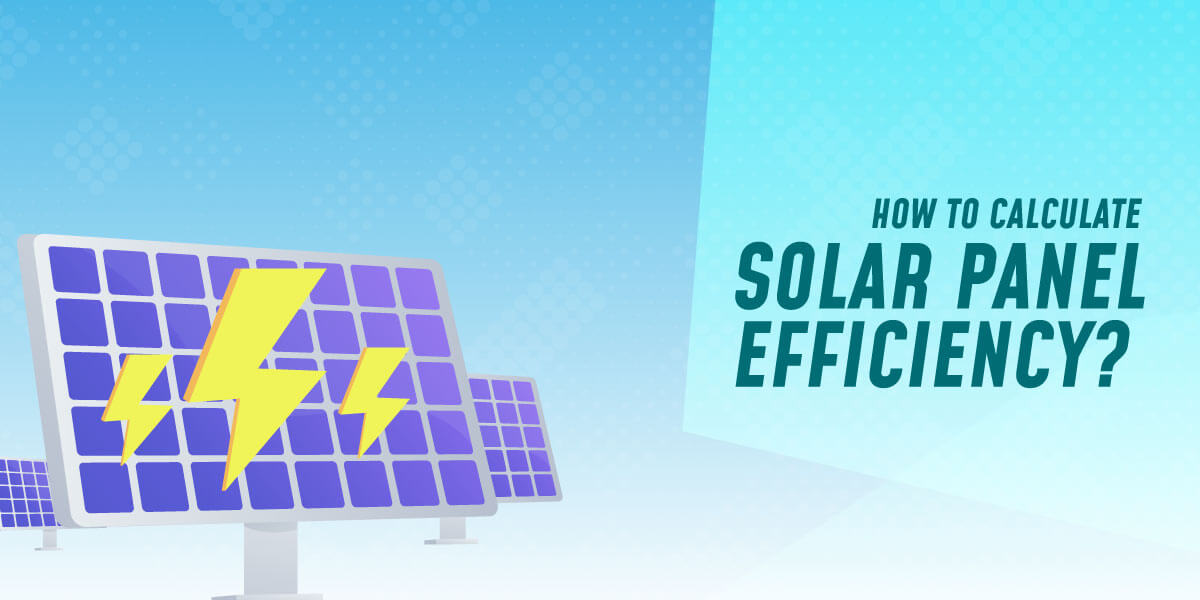
Solar panel efficiency essentially refers to the total output of a solar panel in relation to the space it occupies. The primary determinant of the performance of a solar panel system is its type, but of course there are other determinants as well.
The most observed kinds of solar panels have an efficiency rate of nearly 17-23%. But, there are some brands that have efficiencies of more than 40%, except they are not always economically viable.
Unless you happen to have limited roof space, your solar panel’s efficiency ought not to be a big issue. You do not need to pay premium prices for some high-performance solar panels. Some solar types such as solar shingles often have low efficiency but look highly aesthetic.
In this article, we will take a look at how to calculate solar panel efficiency. But first, what does the term mean? Let’s try to decode it.
What is Solar Panel Efficiency?
Solar panel efficiency connotes the percentage of solar energy that is converted into electricity by photovoltaic (PV) cells in the solar panel. Sure enough, this efficiency varies vastly depending on numerous factors, which makes it hard to compare them and find out how well they fare at converting solar energy into electricity.
To make measuring efficiency easier, solar panels are usually tested under average conditions deemed as Standard Test Conditions (STCs). These are industry standards which are unanimously agreed upon by manufacturers and other institutions . They are currently set at:
- Cell temperature: 250C (77F)
- Solar irradiance: 1000W/m2
- Mass of air: 1.5
Tested under standard conditions, this helps compare each solar panel’s efficiency.
Solar Panel Efficiency Formula & Calculation
Now, coming to the solar panel efficiency calculator, there is a rather simple formula you can take help from. We have laid it out here for your convenience, and explained the terms for each variable right afterwards:
Efficiency (%) = (Pmax ÷ Area) ÷ (1000) x 100%
- Pmax = solar panel peak power (Watts)
- Area = length x width of the solar panel (sq.m.)
- 1000 = Standard Test Condition (STC) irradiance (Watts/sq.m.)
By this simple solar panel efficiency formula, you can gauge how efficient your solar panel is. You can also consider looking it up on its specification sheet or nameplate. This way, you can confirm the module efficiency nitty gritties when you notice a solar panel utilizing this method.
You can use the below-given calculator to calculate your solar panel efficiency.
How to Calculate Solar Panel Efficiency?

As for how to calculate solar panel efficiency in detail, feel free to follow the detailed steps laid out below to have an accurate idea of solar panel efficiency over time:
1. Check the Panel’s Maximum Power Capacity
You can get this simply by looking at the panel datasheet, or at the back of the panel itself. It will include such power capacity-related details on the back sticker. They are normally labeled as Pmax or maximum power of the panel. The companies often put it on the model name itself to make things easier, so be on the lookout for that.
2. Know the Panel’s Physical Dimension
Simply take a tape measure, and get the length and width of the solar panel. Alternatively, you can also look up its dimension from the specification sheet of the module. Chances are, your solar panels are of standard dimensions anyway. This is essential to know the efficiency of the solar panel.
3. Check the Power Per Unit Area of the Solar Panel
As and when you have the measurements of the panel’s length and width, get its power per unit area by simply dividing the solar panel’s maximum power capacity with its entire area.The value thus obtained will be in Watts per square meter.
4. Check the Solar Irradiance Value at STC
Irradiance is the radiant power (Watts) received by the surface’s unit area (square meter). In terms of solar panel tests, this refers to the amount of radiant energy which is beamed to the surface of the panel.
As mentioned above, the Standard Test Conditions (STC) are as follows:
- Solar Cell Temperature at 25°C.
- Solar Irradiance at 1000 Watts per square meter.
- Air Mass at 1.5
5. Calculate Solar Panel Efficiency
Now that you have all the values required, divide the power per unit area of the solar panel (Watts/sq.m.) by the solar irradiance at Standard Test Conditions (STC) (1000 Watts/sq. m). The ratio you get is the efficiency of the solar module.
Are Solar Panel Efficiencies Same for New and Used Panels?
No, the efficiency rate of solar panels does not remain stagnant over time. If it were, that would be an utopian world.
However, in reality, with time, the efficiency rate of solar panels decreases. The good thing is that solar panels can usually pull off around 25 years without much of an issue, so even if you get a used panel, you can make do with it quite well for a long time.
Why Do Solar Panels Lose Their Efficiency Over Time?
Efficiency of a solar module is determined by the size and number of solar panels in a system. Solar panels must maintain a capacity of around 25% on cloudy days. This might not be the case due to low maintenance, roof orientation, shading, or roofing materials.
Depending on various conditions, especially lack of proper maintenance, solar panels can lose their efficiency with time. Now that we know how to calculate solar panel efficiency, let’s understand the factors affecting this efficiency.
Factors Affecting Solar Panel Efficiency
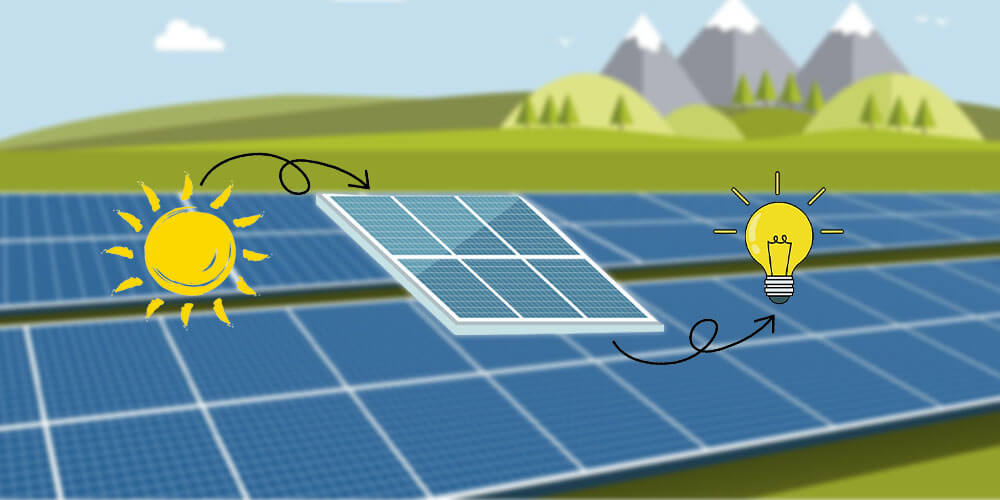
1. Type of Solar Panel
Monocrystalline panels usually have the best efficiency, with performance levels of up to 23%. Alternatively, thin-film panels are the least efficient. At the end of the day, it all depends on the size of the roof and your preference.
If you are one among many who do not like the blue crystalline appearance of polycrystalline solar panels, know that they have better performance than thin-film. If there is ample mounting space, consider either of the two options. If your roof is limited, go for monocrystalline panels due to their high efficiency.
2. Angle of Installation
For maximum efficiency and performance, the roof must face south so as to expose the panels to the sun maximally. However, the design of your house or shading might pose challenges. The solar company ought to identify the ideal placement of the solar panel following an assessment of your roof.
The preferred slant of the solar panel is 30 to 40 degrees. If you have a flat roof, the installer may adjust the brackets to fit the angle and in turn, optimize efficiency. In rare situations, redesigning the roof might be the best option since solar panel installation is a long-term investment.
3. Weather and Climate
Extreme weather conditions will considerably impact the performance of solar panels. The solar cells will work best under specific temperatures. High temperatures can damage or reduce the performance of your solar module.
Snow might also bury the system and reduce its total output. It can prove to be efficient as long as it does not block the panels. The snow has high irradiance, thereby increasing the amount of sunlight that strikes the system.
4. Shading
Shading can bring down the efficiency of solar modules by more than half. If the shadow continues to block sunlight all throughout the year, it can affect the solar panels’ return on investment. It is hence strongly advised to only setup businesses around solar, such as solar farms, where there’s no direct obstruction between the panels and sunlight. This is one of the most obvious but key factors to improve the ROI on solar farms.
Ensure you cut such branches or remove objects encroaching the roof. For this, professional solar installers can guide you on the best placement of solar modules to avoid blockage by shades.
5. Roofing Material
Solar panels function best if there is maximum exposure to sunlight. Materials such as iron sheets have higher irradiance in comparison to tiles.
Solar panel efficiency overtime can also be affected by the color of the material. Dark colors increase the temperatures, in turn reducing the performance of the solar panels. Refer to this dedicated guide discussing the best roof materials for solar panels for more on this topic.
6. Maintenance
Solar panels are usually very durable. Their main warranties last for 15 to 25 years. But, cleaning solar panels is essential to maximize the amount of light available to convert into electrical power.
Having frequent physical inspections might help solar panels absorb light effectively. Appropriate maintenance of solar panels also happens to be one of the most effective strategies in extending your solar panels’ lifespan.
Closing Thoughts
Solar panel efficiency over time is a crucial factor in the success of solar energy power plants. Be it an RV package for living off the grid or an entirely residential unit meant to reduce energy bills, the principle remains the same: higher efficiency panels convert more free sunlight into usable electricity and help save on tons of installation costs.
We are yet to perfect the process of increasing solar panel efficiency, considering less than a fifth of incident sunlight can typically be converted into electricity. Technological advances are promising 30% or more in coming years.
Knowing how to calculate solar panel efficiency can aid you decide when it’s time to upgrade your older panels. Whether you’re looking to do that or if this is your introduction to clean energy, knowing your math always helps.


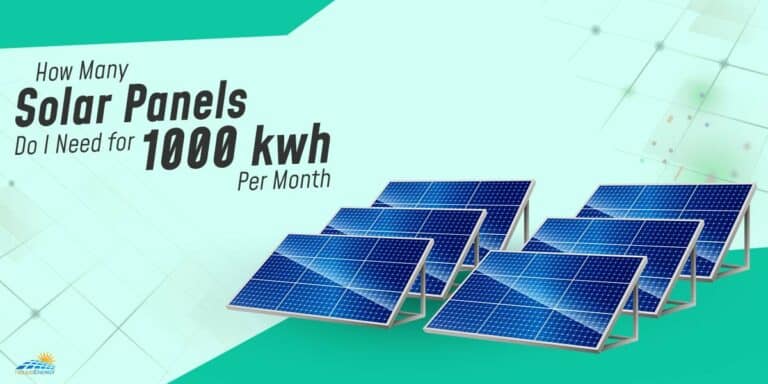
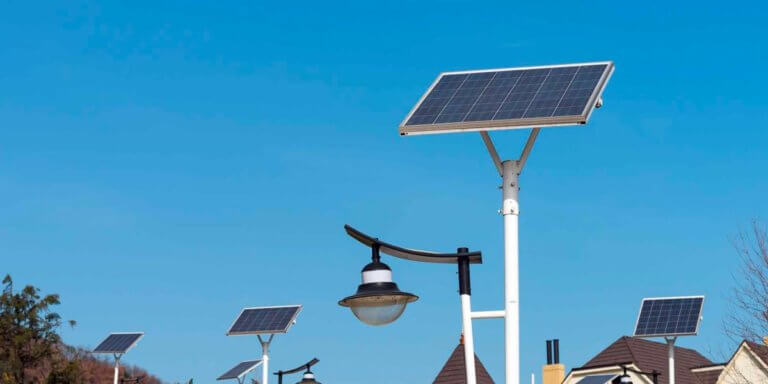
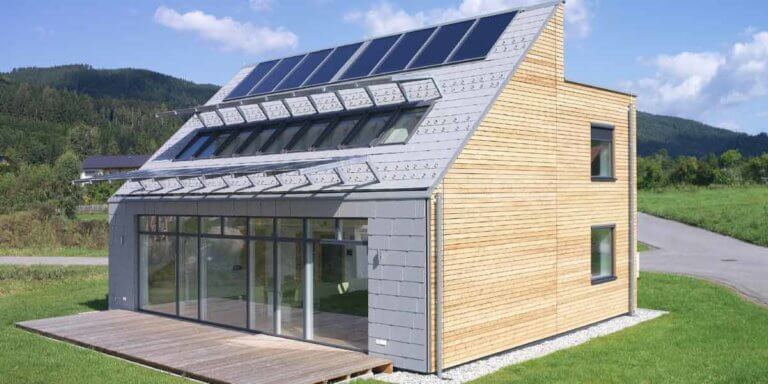

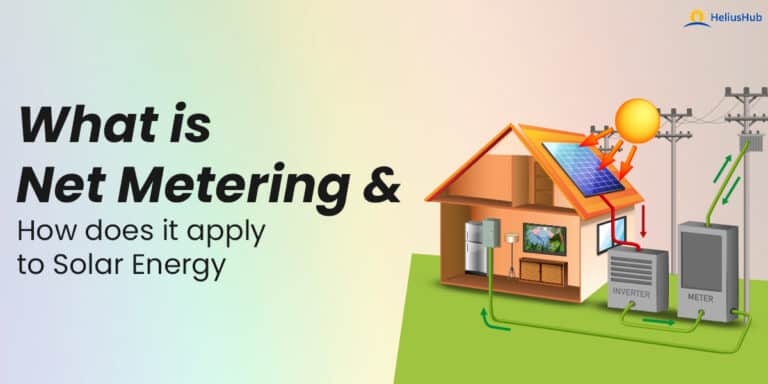
It is an awe-inspiring and informative post. Thanks for this post. Well researched.